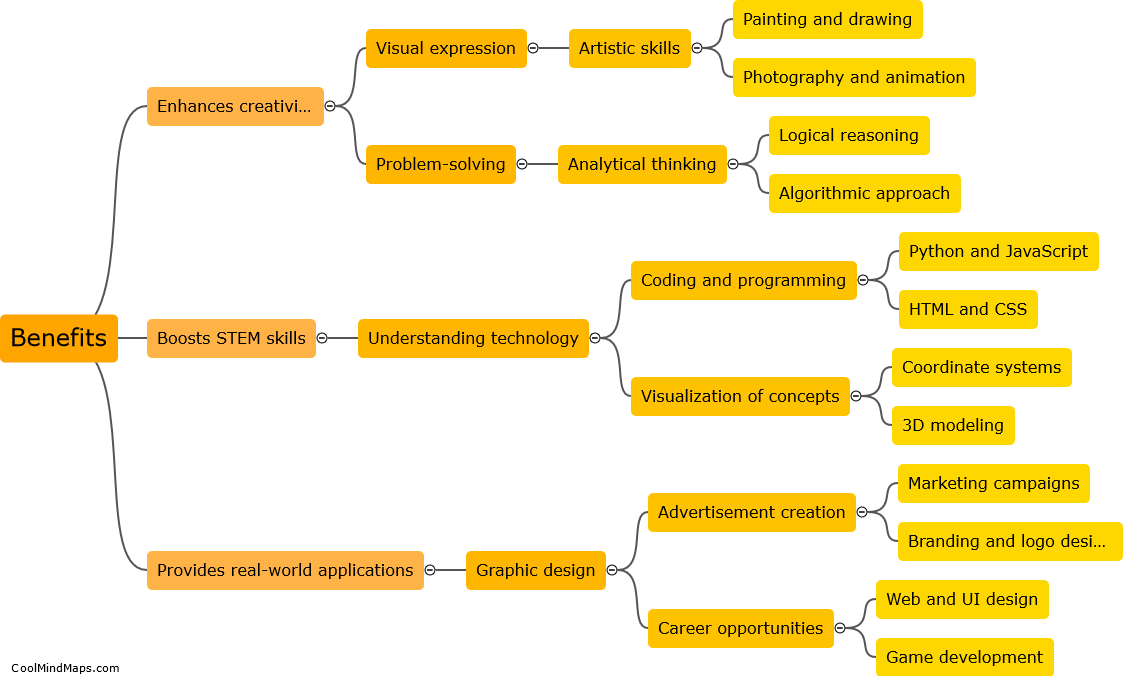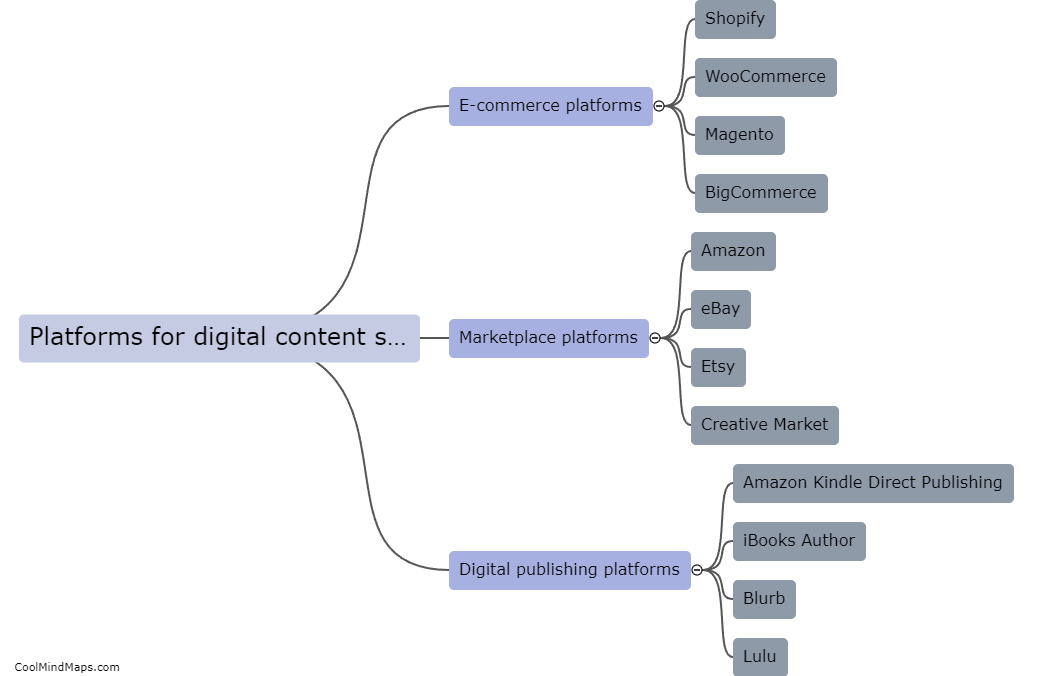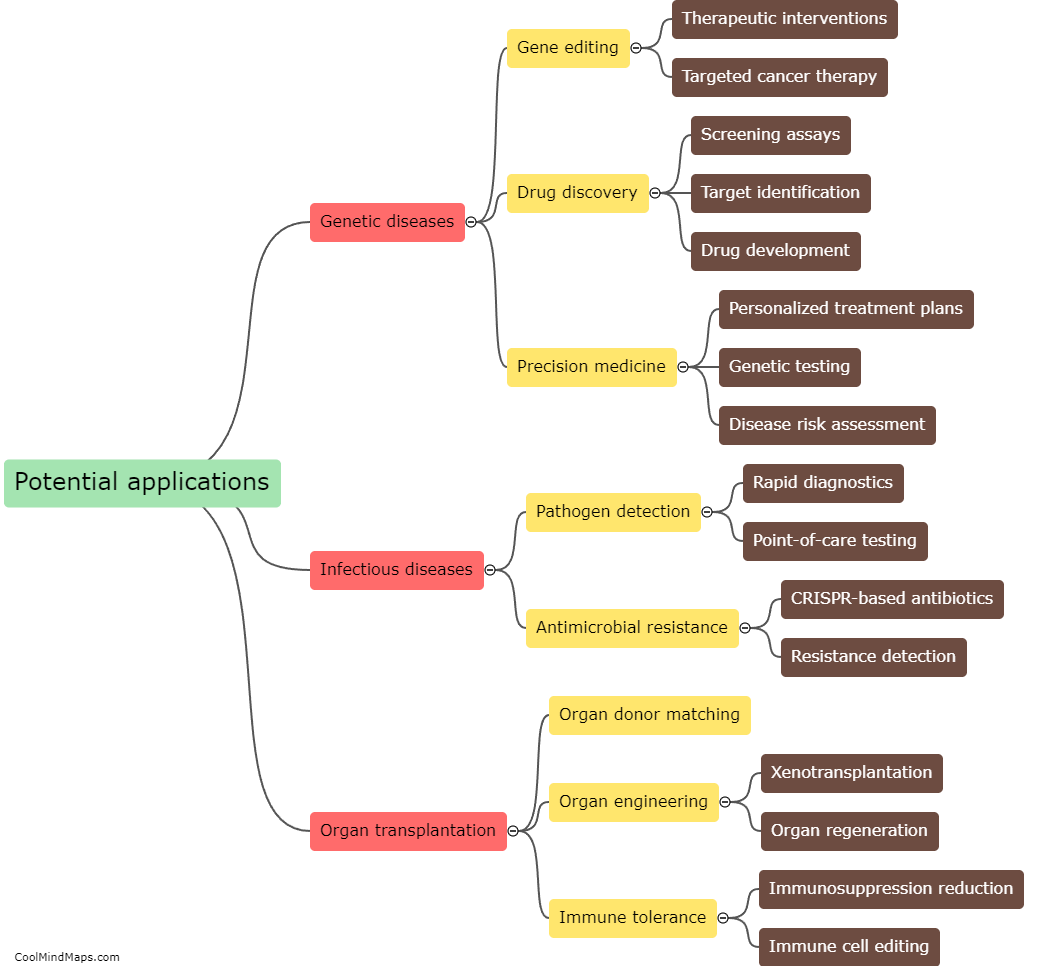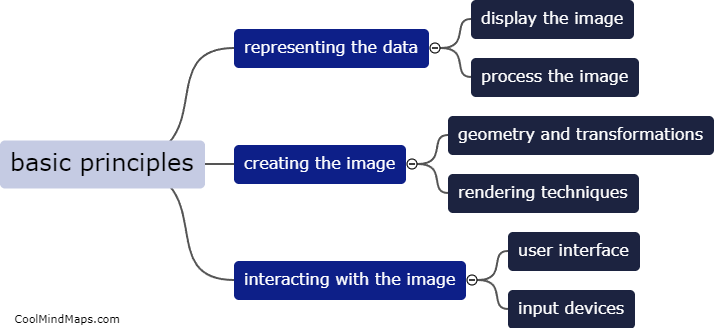What are the benefits of teaching computer graphics to K-12 students?
Teaching computer graphics to K-12 students brings numerous benefits. Firstly, it introduces them to the fundamental concepts of design and visual communication, allowing them to develop important skills such as creativity, critical thinking, and problem-solving. Students can explore different software and tools to create graphic designs, illustrations, and animations, enabling them to express their ideas in a visually engaging way. Secondly, computer graphics education enhances digital literacy, as students learn how to navigate graphic software, understand file formats, and manipulate digital images. These skills are increasingly important in today's technology-driven world. Moreover, studying computer graphics fosters a deeper appreciation for art and design, exposing students to different artistic styles and encouraging them to become more visually aware. Ultimately, teaching computer graphics equips K-12 students with valuable skills for both personal and professional growth.

This mind map was published on 29 November 2023 and has been viewed 87 times.











